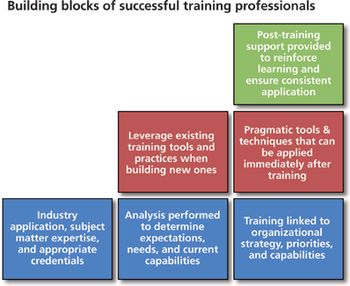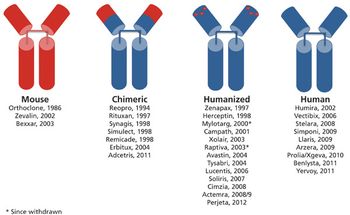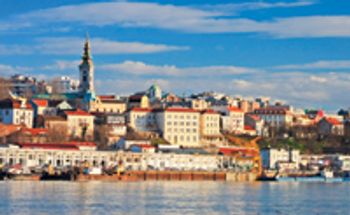
PDA/FDA regulatory conference promotes a commitment to quality.

PDA/FDA regulatory conference promotes a commitment to quality.

The bio-pharmaceutical business outlook in South Korea remains positive

The US Supreme Court's Myriad decision satisfied both patient groups and patent holders

Pharmaceutical companies have stepped up gene therapy development in the wake of the approval of Glybera in 2012.

Industry players brace themselves to face challenges as India's new drug-pricing policy kicks in full gear.

Fourth-generation biologics, with improved delivery and pharmacokinetics, will continue to drive an overall biologics industry that is already worth over $120 billion.

Five key attributes to look for in a biopharm training partner.

Biotech companies raise most money in 13 years.

A unique demographic and payer mix make ASEAN an increasingly attractive region.

Prior to price escalation of pharmaceutical products in Brazil, the country's regulatory authority released a study on price-cap control and its benefits in the past years.

Don Frail, Vice President, AstraZeneca Innovative Medicines Group discusses the company's approach to innovation and the upcoming session at the BIO International Convention

In recent years, large pharmaceutical companies have launched a variety of initiatives to restock ailing pipelines and boost business performance including mergers and acquisitions, diversifying business portfolios to non-pharmaceutical products, downsizing, spinoffs, and entering the biopharmaceutical arena.

Benchmarking can be a useful tool to improve manufacturing practices.

Sound policies are needed to govern the substitution of interchangeable biologics.

Early-stage companies are finding alternatives to venture capital.

The Thai government is ramping up efforts to promote and develop the biotechnology sector in a bid to enhance its global competitiveness.

Brazil's major vaccine producer innovates with stem-cell research.

Ever since Twitter launched in 2006 and Facebook became mainstream, most industries have sought ways to connect with their consumers through social media.

Innovative products and a range of indications drive the therapeutic antibody market.

Eastern Europe is moving towards a goal of harmonized regulations.

India's biopharmaceutical industry is valued at $2 billion a year with 20 companies producing biosimilars and 50 products available in the domestic market.

A handful of therapeutics have performed extremely well in 2012, but as a whole, life-sciences are still down from 2010.

Brazil to locally produce HIV/AIDS antiretroviral drug atazanavir.

Neil Lewis, chief technology officer at Malvern Instruments, talks about the challenges associated with biologics.

The South Korean market is characterized by its aging population and an affluent population. Growth potential is limited as it has evolved to a developed market and industry players expect it to have established regulations.